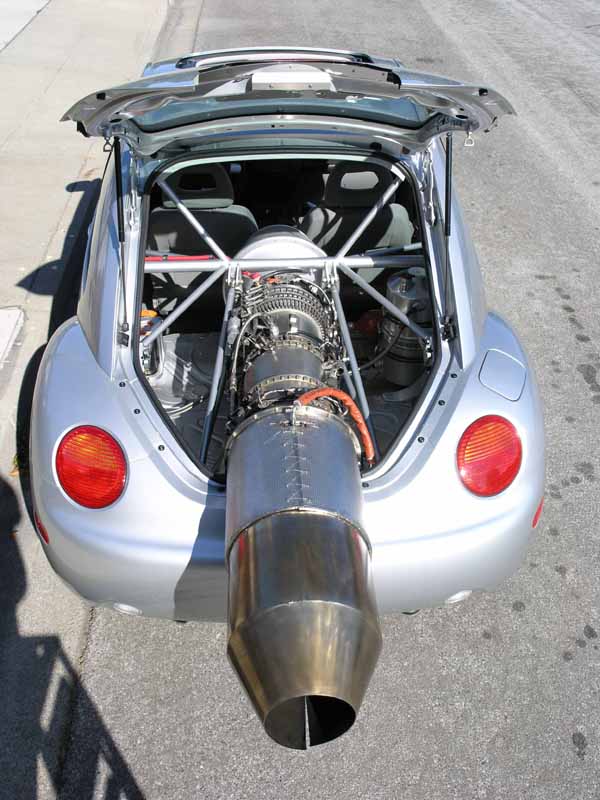XP67_Moonbat
ACCESS: Top Secret
- Joined
- 16 January 2008
- Messages
- 2,271
- Reaction score
- 543
http://www.telegraph.co.uk/scienceandtechnology/science/space/5095909/India-plans-to-test-space-shuttle-in-next-12-months.html
Moonbat
Moonbat
Last night officials said if successful the shuttle may, in time, be used for other transport uses, but its main purpose now is to "reduce the cost of access to space."
Matej said:Last night officials said if successful the shuttle may, in time, be used for other transport uses, but its main purpose now is to "reduce the cost of access to space."
How the hell can a reusable space shuttle launched by rocket reduce the cost compared to conventional expendable rocket??
Matej said:...and also you need to bring it back to the launch pad, you need to extensively test it several times, because you must be 100% sure that it will not fail during the next launch, you need to replace thermal protection, because you manufacture less number (and reuse), the unit cost of every piece is higher, reuse means that you need to land somewhere or at least to survive the descent, which means a lot of additional dead weight, etc.
If it is really cheaper, then why any of the current rocket don't have some sort of reentry capsule that saves its expensive equipment? Lets hope that the first "kvazi-space" cost effective reusable system EVER will be Space Ship 2. I am a big fan of the reusable vehicles from the engineering point of view, but my believe in its cost efficiency is lost forever.
Well, any candidate for a space trip in the equivalent of this ?avatar said:well regardless of your loss in faith in the cost effectiveness of such systems,
the Indian space people are determined to push on with this technology.
people there have told me that they wish to recreate the "Tata nano" experience in space.
How exactly are they gonna do it?
that one can speculate about.
avatar said:the tata nano is never going to crash at test speeds.


In the case of the Nano, the march of innovation is very much backwards.avatar said:the nano in those markets will be a buffed up version, compliant with the safety standards of those countries.
so the price point would also be different.
either way this innovation clearly has a lot of people in the "west" bugged and worried. no points for guessing why. but it does not matter . the march of history is inevitable.
avatar said:this is an ISRO program. so military is taboo. DRDO has a similar program though .
antigravite said:avatar said:this is an ISRO program. so military is taboo. DRDO has a similar program though .
Might not this ISRO project fairly be considered "dual use".
Not everything's publishable, as indicated in this scientist resume:
http://www.math.univ-toulouse.fr/~parte/Resume_YogeshParte.pdf
As a first step towards realising a Two Stage To Orbit (TSTO) fully re-usable launch vehicle, a series of technology demonstration missions have been conceived. For this purpose a Winged Reusable Launch Vehicle technology Demonstrator (RLV-TD) has been configured. The RLV-TD will act as a flying test bed to evaluate various technologies viz., hypersonic flight, autonomous landing, powered cruise flight and hypersonic flight using air breathing propulsion. First in the series of demonstration trials is the hypersonic flight experiment (HEX).
Towards this, Airframe Engineering model, axisymmetric proto nose cap after graphitisation (C-C) and slow burn rate propellant were realised. Aerodyanamic charcterisation of technology demonstration vehicle was completed at NAL, VSSC and IIST.
RGClark said:Looks very similar to the X-37b.
